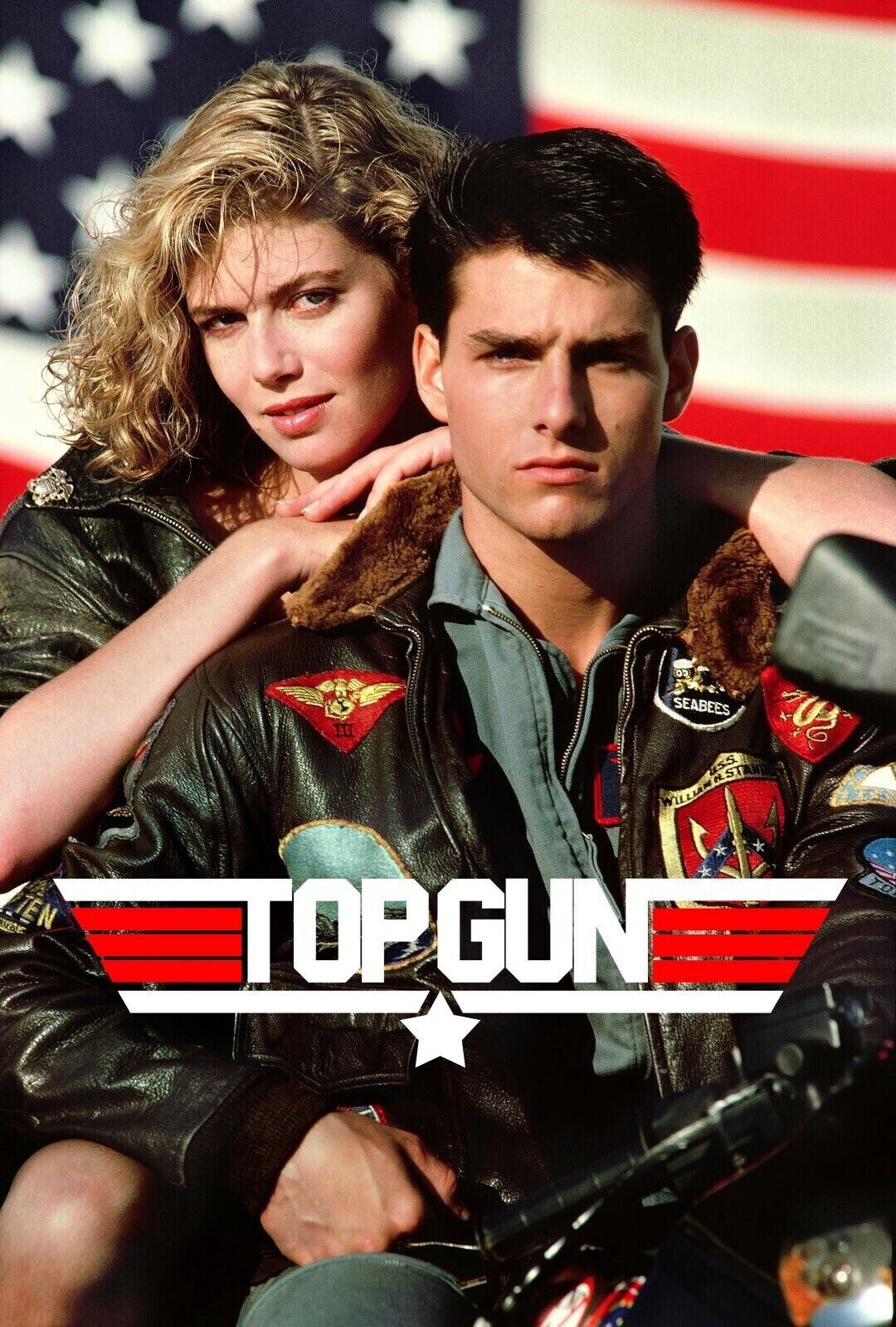

“Son, your ego is writing checks your body can’t cash.”
Complaining that Top Gun is little more than lustrous shots of supersonic Navy jets, macho military braggadocio, obligatory romantic pursuits, and close-ups of Tom Cruise is like taking issue with McDonald’s using low quality beef in their cheeseburgers. Because that’s exactly what this mildly jingoistic ‘80s blockbuster is—it’s cinematic fast food that tastes pretty yummy but shouldn’t form the foundation of your diet (it’s also got beefcakes aplenty, to bolster my analogy). Consider the telltale names of its primary male characters. Maverick (Cruise) is the egotistic, freewheeling renegade; Iceman (Val Kilmer) is the standoffish, level-headed operator; Goose (Anthony Edwards) is the witty right hand man; Viper (Tom Skerritt) is the no-nonsense commanding officer. This is straightforward stuff, and outside of the high-octane aerial stunt work—which sets a high bar in terms of pure action filmmaking—director Tony Scott seems mostly uninterested in developing a full-bodied narrative film. He gets some mileage out of Kelly McGillis as a Top Gun instructor and Maverick’s love interest, and the competitive camaraderie amongst the young fighter pilots is kind of fun (I’m a sucker for spontaneous musical numbers); but the best non-action part of the low-stakes drama is Meg Ryan’s small role as Goose’s wife, which means there’s a lot of forgettable, superficial fluff tucked in around the flashy, chaotic dogfight scenes. Ultimately, the reasons to see this film are twofold: a young Tom Cruise’s cocksure charisma (his character has swagger, for sure, but it’s hard not to see Cruise himself strutting like the megastar he was quickly becoming) and authentic, CGI-less stunts. Now, it’s about time I get around to watching that sequel (Top Gun: Maverick) everyone’s been yammering about.